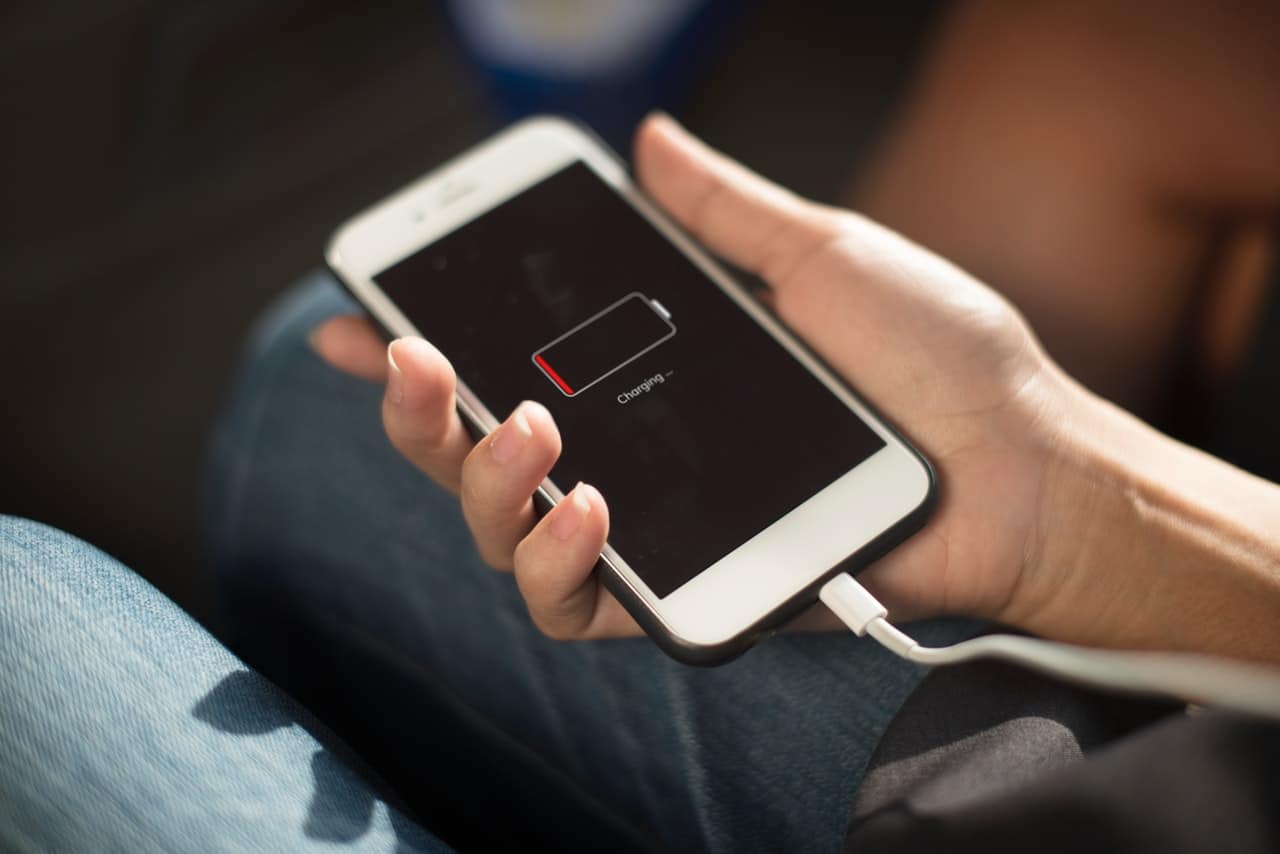Charging is something that has become a daily part of our lives. Nearly everyone has a smartphone and some other portable device. With newer devices being released, the charging tech has evolved with it, although slowly, the charging electronics that we’re able to use with our portable devices have become more universal. We’ll get to the whole “universal” part in a moment, though.
One of the most prevalent parts where charging has been the most important is with our phones. Smartphones have gotten a lot more powerful over the recent years, and with more powerful processors, better displays, and high-end cameras, all consume lots of power. The solution to having all these better specs co-exist together is to either have larger batteries or to have different battery tech that lasts longer.
Well, different battery tech is a bit ways off, Lithium-Ion and Lithium Polymer batteries are the most well-known and stable to use currently. So the solution for most smartphone manufacturers is to use larger batteries. However, the problem with this is that it can call for long recharging times for the smartphone, and that’s where fast charging tech comes into play.
One of the most used fast charging technologies on the market when it comes to smartphones is Qualcomm Quick Charge. A fast charging technology that is widely known to be used with many Android smartphones, as nearly all Android phones use Qualcomm processors. That’s also where the limit of Quick Charge is, as it’s only usable with smartphones.
IMAGE: PEXELS
What About Fast Charging For iPhones, Tablets, And Also Laptops?
It seems bizarre to mention fast charging for laptops in the same league as smartphones, but there is a solution and it’s called USB-C Power Delivery. Power Delivery charging is fast charging tech that is used with the USB-C standard port.
Ever since Android smartphones started to use USB-C ports, even a standard 15W USB-C port could fast charge them. With the use of Power Delivery, fast charging for smartphones with Power Delivery is now 18W. It’s not just Android smartphones though, no, you can fast-charge a newer iPhones models from the iPhone X and iPhone 8 up to the current models.
How is that possible, though? iPhones still use a Lightning port, right? Well, all you’ll need is a USB-C to Lightning cable connected to a USB-C Power Delivery port and you’re good to fast charge your iPhone. Power Delivery charging compatibility for the iPhone is not something that Apple has made too apparent, and this is quite obvious as newer iPhones still come with a slow 5W charger.
The true beauty of Power Delivery is that it goes beyond smartphones, and is compatible with quite a lot of tablets and laptops on the market. What this means is that there’s a whole ecosystem of portable devices that use the USB-C standard port and the same time, they’re compatible with Power Delivery charging. So you’re able to use the same the charger that you’d use to charge your smartphone to also charge you’re a laptop.
Take, for example, this Aukey wall charger with two Power Delivery ports. The charger features what’s known as Dynamic Detect charging. Whereas most wall chargers on the market have a set charging speed for each of its ports, no matter how many devices are charging at the same time; this wall charger can change its charging power depending on what’s charging.
If you’re charging two devices at once, each of the two ports can output 18W each and the max output is placed at 36W, so you can use the full power of the two ports at the same time. Such as fast charging an S10 and an iPhone XS Max. The dynamic part is that if you’re charging only a single device with either of the ports, then you can utilize 30W of charging power.
This means that you can either fast charge two smartphones at once, and if you want, you can also get more power to charge a laptop or tablet at a faster charging speed. Another Aukey Power Delivery wall charger is this one with a single port.
A plain charger, right? It might be plain, but the power output of 60W isn’t. This wall charger is the same size as the previous PD wall charger, and yet it’s even more powerful. This is done by making use of a Gallium Nitride (GaN) chip.
What on earth is a GaN chip? Yet another step for Power Delivery charging and why it’s becoming a universal way of recharging our devices. A GaN chip can deliver more loads of power than Silicone components which are commonly used with most wall chargers. Since it has a small form factor, and it’s just a single chip, the use of GaN enables a manufacturer to create an insanely powerful charger that has a small form factor.
The great benefit of this is that you don’t have to buy the same charger replacement for your laptop if you’ve lost or broke your original PD charger. It also means that it’s easy to carry around a charger for your laptop and that the age of those charging bricks with a DC cable is coming to an end (Yes!!).
Even without PD, the main thing to remember is that USB-C is the new standard with the way that we charge our devices, and also the way we connect to other devices, too. Portable chargers, car chargers, wireless chargers, headphones and plenty of other portable electronic products are making the transition.
It would be pretty cool to rely on only a single type of charger for all the devices that you own, instead of scrambling to find the “right” one. What’s even better is that this universal type of a charger can easily fit into your pocket.
If you are interested in even more technology-related articles and information from us here at Bit Rebels, then we have a lot to choose from.


COMMENTS